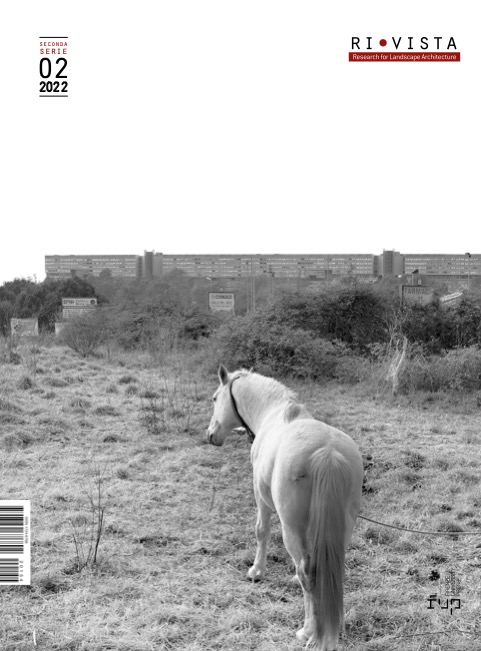Published 2023-02-23
Keywords
- Humanness,
- climate adaptation,
- reciprocity,
- human-animal hybrids
How to Cite
Abstract
Haraway and others have suggested reciprocity with the non-human world is a pathway to un- derstanding our humanness. Two urgent trends accelerate our need for this reciprocity: the first is the COVID-19 pandemic as a harbinger of future pandemics, and the second is our changing planetary climate. Our present time is increasingly becoming a “present-future,” linked irreversibly by scientific models to specific future states of our planet and local regions. At the same time our bodies are co-evolving with a virus in a global reciprocal process with no end in sight, collapsing our sense of scale and separation among bodies. A long view of time in the past could act as a counterbalance to this experience. Bringing the longue durée model of time into our present requires reestablishing our knowledge of a long-term past in which humans adapted to major changes in climate earlier in the Holocene. Forms of future urban adaptation can embody reci- procity by emphasizing strategies that anticipate change rather than seeking to prevent it, leap- ing forward in time to embrace global changes we are no longer able to prevent.






